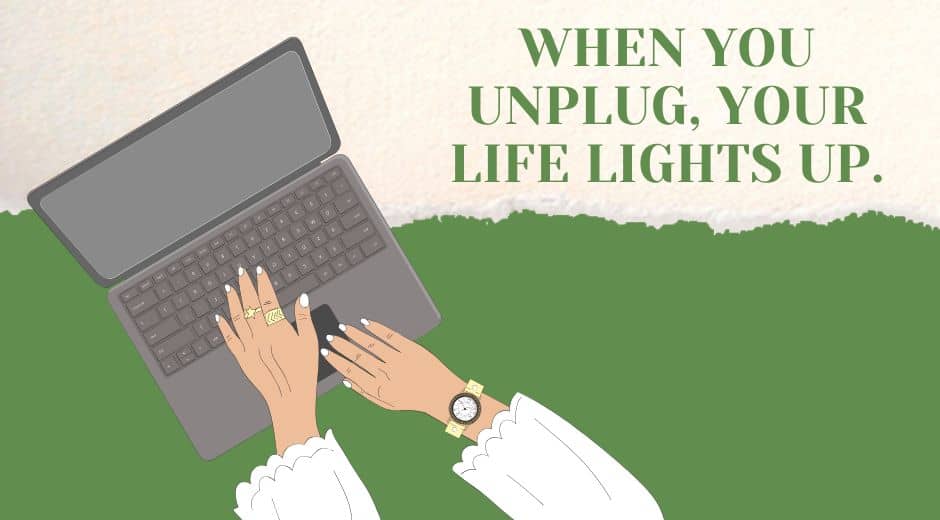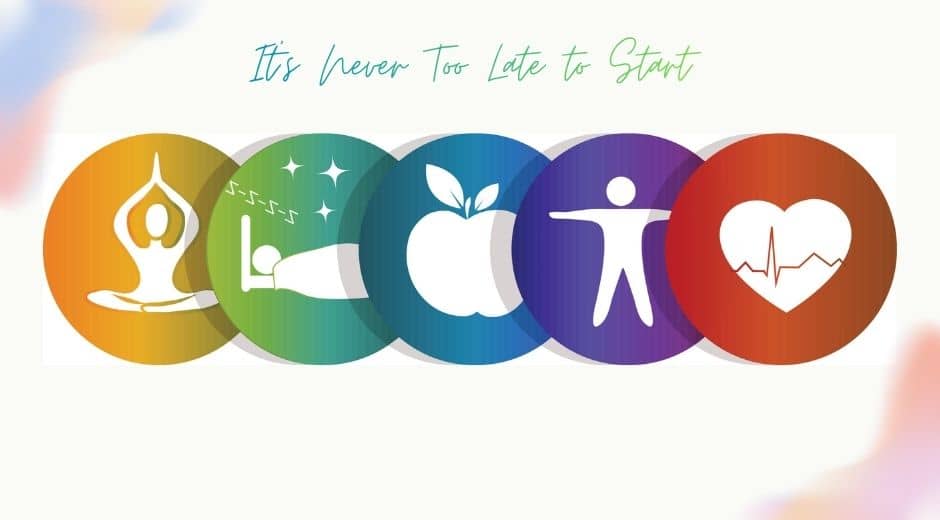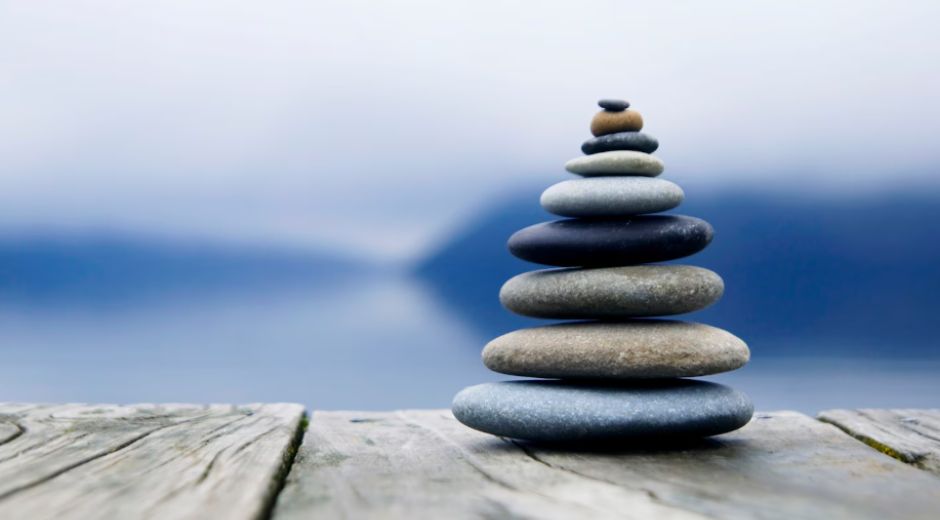Digital Detox: How to Reclaim Your Time and Create Real-Life Balance
Digital Detox: How to Reclaim Your Time and Create Real-Life Balance
Always Connected, Always Tired?
Every morning begins the same for millions of people: the alarm goes off, a hand reaches instinctively for the phone, and before the day even starts, the mind is flooded with messages, news, emails, and notifications. We live in a world where being connected has become not only the norm but an expectation. And while technology has made our lives more efficient in many ways, it has also left many of us mentally exhausted, distracted, and disconnected from ourselves.
A digital detox isn’t about rejecting technology entirely. It’s about reclaiming your focus, your time, and your energy. It’s about using technology intentionally, rather than allowing it to use you. Disconnecting even briefly can have powerful effects: more clarity, less stress, better sleep, deeper relationships, and a renewed sense of presence.
1. What Digital Detox Really Means
A digital detox simply means taking a conscious break from digital devices like smartphones, laptops, TVs, and social media. It doesn’t require you to live off the grid or throw your phone away. Instead, it’s about setting boundaries and creating intentional moments where technology isn’t the center of your attention.
Research has shown that overuse of digital devices can increase anxiety, reduce attention span, and make it harder to focus on meaningful tasks. We check our phones almost reflexively many people more than 90 times a day. Over time, this constant stimulation makes it difficult to relax, to be alone with our thoughts, or to connect deeply with others.
By practicing a digital detox, you give your brain permission to slow down. You allow space for silence, stillness, and reflection three things our modern world tends to drown out.
2. Why We Need It More Than Ever
The average person checks their phone 96 times per day. Many of us spend hours scrolling without even realizing it. Over time, this constant stimulation:
-
Trains our brains to seek instant gratification
-
Shortens our attention span
-
Increases anxiety and FOMO (fear of missing out)
-
Prevents real rest and recovery
The more we rely on screens for distraction, the less connected we feel to our own lives. A digital detox gives your mind the space it craves to breathe again.
3. Start Small: Micro-Detox Moments
You don’t have to disappear for a week in the mountains to detox. You can begin with micro-detox moments:
-
No phone for the first 30 minutes after waking up
-
A screen-free lunch break
-
Silent mode during walks or workouts
These short breaks help reset your nervous system and train your brain to find calm without external stimulation.
Pro tip: replace scrolling with breathing, stretching, journaling, or stepping outside for fresh air.
4. Create Tech-Free Zones
One of the most effective ways to take back control of your time is to create intentional spaces in your life where technology simply doesn’t belong. These spaces act as mental sanctuaries places where your attention isn’t constantly pulled in a thousand directions. Whether it’s your dining table, your bedroom, your morning walk, or your workout routine, dedicating certain parts of your day to being fully offline allows your mind to settle and reconnect with the real world. Over time, these tech-free spaces help you build healthier boundaries, making it easier to focus, relax, and be fully present.
A powerful strategy for real-life balance is to designate tech-free spaces in your home or work environment. For example:
-
No phones at the dining table
-
No scrolling in bed
-
A reading or meditation corner
By physically separating spaces where screens are allowed from those where they’re not, you make it easier to create new, healthier habits.
5. Reconnecting with Real Life
Once you step away from the screen, you start to notice how much richer ordinary life becomes. A walk without music feels different: the air seems fresher, your steps steadier, and your thoughts quieter. Conversations feel warmer and more real when no one’s checking their phone. Even something as simple as watching a sunset without the urge to take a picture allows the moment to sink deeper into your memory.
What we often mistake for boredom is actually space space we’ve been filling with noise for years. When you create that space intentionally, you reconnect not just with the world but with yourself. Hobbies, relationships, and passions that may have faded into the background slowly return to the surface.
Offline activities that boost your mood and focus:
-
Reading a physical book
-
Going out in nature
-
Cooking or baking
-
Practicing a hobby
-
Spending time with loved ones
What we often mistake for boredom is actually space. When you create that space intentionally, you reconnect not just with the world but with yourself.
Boundaries That Protect Your Time
For many people, technology isn’t the problem the lack of boundaries is. Setting gentle, realistic rules for how and when you use your devices can change everything. Turning off non-essential notifications, limiting time spent on social media, or setting a specific hour to check your emails can give you back hours of attention each week.
These boundaries don’t have to be rigid. The goal isn’t to cut technology out of your life but to use it deliberately. When you control how much digital content enters your mind, you also control how much mental space you have for the things that matter.
Embracing a Digital Sunset
Evenings are a particularly important time to unplug. Blue light from screens can disrupt melatonin production, making it harder to fall asleep and lowering sleep quality. Beyond the science, though, scrolling endlessly before bed keeps your brain overstimulated.
Creating a digital sunset a set time when you put your phone and laptop away signals your mind that the day is slowing down. Replacing screen time with calming rituals such as reading, journaling, or gentle stretching allows your body to rest and recover naturally.
Digital sunset ritual ideas:
Turn off all screens one hour before bed
Read something calming or uplifting
Stretch, meditate, or write in a journal
Dim the lights and listen to soft music
You’ll sleep deeper, wake up clearer, and feel more grounded.
In a culture that rewards constant connectivity, choosing to unplug can feel radical. But it’s not an escape it’s a return. When you step away from the noise of the online world, you give yourself the chance to experience the richness of real life.
It’s not about perfection. It’s about intention. Start small, create quiet spaces, set gentle boundaries, and allow yourself to feel the difference. Because when you unplug, your life doesn’t dim it lights up.
“When you unplug, your life lights up.”
Explore More
And if you want to support your digital detox with guided tools that help calm the mind, explore focusmindflow.com. Their approach to mindfulness, attention training, and productivity is designed to help people regain clarity and balance in their everyday routines. It’s a simple way to stay centered without being chained to your screen.
Wellness Made Simple

Breathwork Basics You Can Use Anytime To Reset
Breathwork Basics You Can Use Anytime To Reset

Sleep Rhythm, Simple Night Habits For Deeper Rest
Sleep Rhythm, Simple Night Habits For Deeper Rest

The Meaning of Connection: Building a Purposeful and Fulfilling Lifestyle
Explore how genuine connection supports mental wellbeing, emotional health, and deeper purpose, shaping a more meaningful and fulfilling lifestyle.

Hydration Balance: How Water Shapes Energy, Digestion, and Daily Wellness
Learn how hydration balance fuels energy, supports digestion, and improves overall wellbeing through simple daily habits and smart nutrition strategies.













